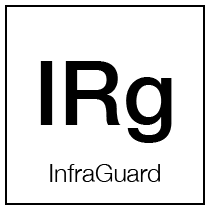







Dermal Diagnosis™ | ADP
Treatment pack for Dermal Diagnosis: Aging.Dry.Pigmentation

Moisturizing

↓ pigmentation

anti-aging

barrier repair

smooth skin






Choose options





Reduced Oiliness

resilient skin

no inflammation

Dehydrated Skin

Aging skin

Pigmentation

↓ Barrier Function
Aging . Dry . Pigmentation
treatment objectives
Aging . Dry . Pigmentation
products in your treatment pack




Unclog Pores

Minimize Pores

anti-aging

smooth skin

Brightening






SIZE: 30 mL

Antioxidant

Even Skin Tone

↑ Collagen

anti-aging

Moisturizing






SIZE: 30 mL

Unclog Pores

Minimize Pores

Smooth Skin

anti-aging

DNA repair





SIZE: 30 mL

Even Skin Tone

Moisturizing

anti-redness

anti-aging

↓ inflammation









SIZE: 30 mL

Even Skin Tone

Anti-Aging

Brightening

Exfoliating

smooth skin






SIZE: 50 mL

barrier repair

↑ Elasticity

anti-aging

Moisturizing

↓ inflammation







SIZE: 50 mL

Antioxidant

anti-aging

DNA repair

sun protection

Moisturizing


































